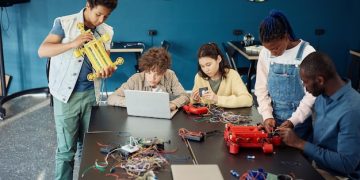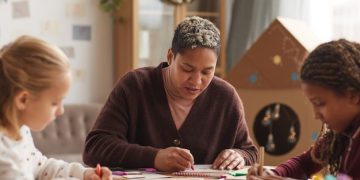Addressing the Rise: How US Schools Support Students with Learning Disabilities
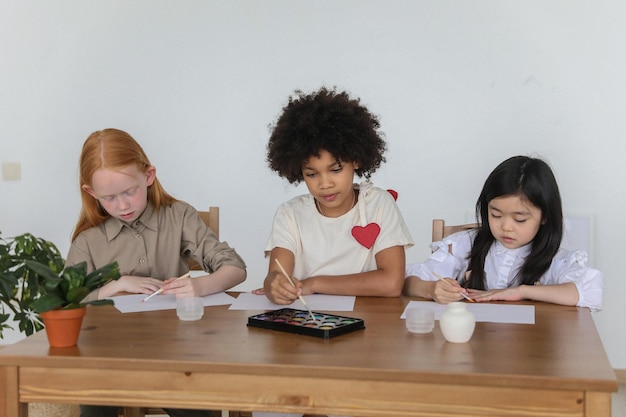
US schools are increasingly implementing strategies like personalized learning, assistive technologies, and specialized teacher training to address the growing number of students identified with learning disabilities.
The landscape of education in the United States is evolving, particularly concerning students with learning disabilities. With a noticeable increase in the number of students identified as having learning disabilities, schools across the nation are adapting their approaches to provide effective support and inclusive learning environments. This article explores how are US schools addressing the increase in students with learning disabilities through various innovative and traditional methods.
Understanding the Increase in Learning Disabilities
The prevalence of learning disabilities among students in US schools has seen a concerning rise. Before diving into the solutions, it’s crucial to understand the factors contributing to this increase. Identifying the root causes helps schools better tailor their interventions and support systems.
Several factors contribute to the increase in the number of students identified with learning disabilities. These range from improved diagnostic tools to broader societal changes affecting child development. Understanding these factors is essential for developing effective strategies to support these students.
Improved Diagnostic Accuracy
One significant factor is the enhanced ability to diagnose learning disabilities accurately. Schools now use more sophisticated screening and assessment tools, leading to earlier and more precise identification of students who may have previously gone unnoticed.
Environmental and Societal Factors
Changes in societal factors, such as increased screen time and reduced opportunities for physical activity, might play a role in the development of learning disabilities. These factors can impact cognitive development and contribute to learning challenges.
- Early Intervention Programs: Implementation of programs designed to identify and assist children with potential learning difficulties at a young age.
- Teacher Training: Emphasis on training educators to recognize the signs of learning disabilities in the classroom.
- Parental Awareness: Increased efforts to educate parents about the symptoms and early indicators of learning disabilities.
Understanding the multifaceted nature of this issue is the first step towards developing effective and inclusive educational strategies. Schools need to be equipped to handle the increasing number of students with learning disabilities, ensuring no child is left behind.
Adopting Personalized Learning Strategies
Personalized learning is emerging as a key strategy in addressing the unique needs of students with learning disabilities. Unlike traditional one-size-fits-all approaches, personalized learning tailors instruction to meet individual student needs, strengths, and learning styles. This approach can significantly improve outcomes for students with learning disabilities.
Personalized learning focuses on creating instruction that is tailored to each student’s specific needs. This involves assessing individual learning styles, strengths, and weaknesses to develop a customized educational plan.
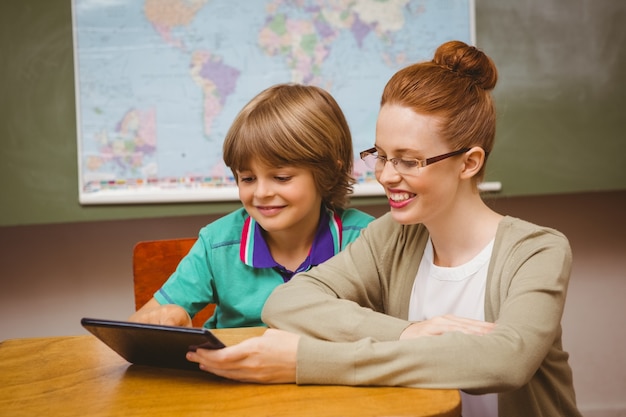
Individualized Education Programs (IEPs)
IEPs are at the heart of personalized learning for students with learning disabilities. These plans outline specific educational goals, accommodations, and support services designed to help each student succeed.
Flexible Learning Environments
Creating flexible learning environments that allow students to learn at their own pace and in ways that suit their individual learning styles is crucial. This could involve using technology, small group instruction, and project-based learning.
- Adaptive Software: Utilization of software that adjusts the difficulty and content based on student performance.
- Differentiated Instruction: Teachers modifying their teaching methods to meet the diverse needs of students in the classroom.
- Targeted Interventions: Providing specific support and interventions to address specific areas of academic weakness.
By embracing personalized learning, schools can create more inclusive and effective educational environments that cater to the diverse needs of all students, especially those with learning disabilities. This approach ensures that every student has the opportunity to reach their full potential.
Leveraging Assistive Technologies
Assistive technologies (AT) play a pivotal role in supporting students with learning disabilities. These tools can help bridge the gap between a student’s challenges and their ability to access and engage with the curriculum. From text-to-speech software to graphic organizers, AT can significantly enhance learning outcomes.
Assistive technologies are tools designed to help students with disabilities overcome learning barriers. These technologies range from simple devices like pencil grips to sophisticated software applications that provide reading, writing, and organizational support.
Text-to-Speech Software
Text-to-speech software can read aloud written text, helping students with reading difficulties access and comprehend academic materials.
Graphic Organizers
Graphic organizers are visual tools that help students organize their thoughts, plan writing assignments, and understand complex concepts.
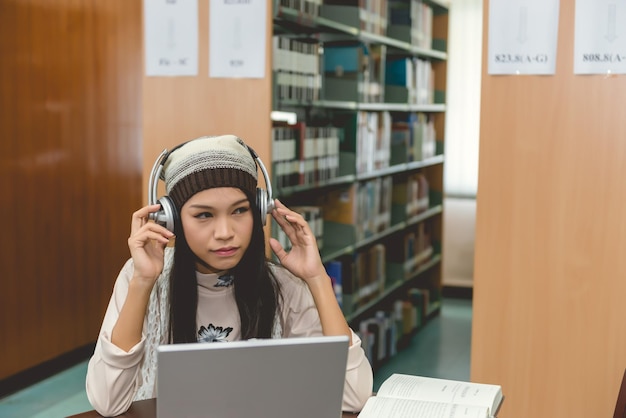
- Speech-to-Text Software: Allows students to dictate their thoughts and ideas, which are then converted into written text.
- Note-Taking Apps: Provides tools for students to capture and organize notes effectively.
- Alternative Keyboards and Mice: Assist students with motor skill challenges in using computers.
The integration of assistive technologies in US schools is essential to ensure that students with learning disabilities have equal access to education. These tools empower students to overcome their challenges and achieve academic success.
Investing in Teacher Training and Professional Development
The effectiveness of any educational strategy hinges on the quality of teachers implementing it. Investing in teacher training and professional development is crucial for ensuring educators are well-equipped to support students with learning disabilities. Teachers need to understand the nature of various learning disabilities and how to implement evidence-based interventions.
Teacher training and professional development programs are designed to equip educators with the knowledge and skills needed to support students with learning disabilities effectively. These programs cover topics such as identifying learning disabilities, implementing accommodations, and using assistive technologies.
Understanding Learning Disabilities
Training should focus on helping teachers understand the characteristics and challenges associated with various learning disabilities, such as dyslexia, dysgraphia, and dyscalculia.
Implementing Accommodations
Teachers need to be trained on how to implement accommodations and modifications in the classroom to meet the needs of students with learning disabilities.
- Ongoing Support: Providing teachers with continuous support and mentorship to help them implement best practices.
- Collaboration: Encouraging collaboration between general education teachers and special education specialists.
- Data-Driven Instruction: Training teachers to use data to monitor student progress and adjust instruction accordingly.
By investing in teacher training and professional development, schools can create a more supportive and inclusive learning environment for students with learning disabilities. Well-trained teachers are better prepared to meet the diverse needs of their students and help them succeed academically.
Creating Inclusive Classroom Environments
Creating an inclusive classroom environment is essential for fostering a sense of belonging and promoting academic success for students with learning disabilities. Inclusion goes beyond simply placing students with disabilities in general education classrooms; it involves creating a supportive and accepting community where all students are valued and respected.
Inclusive classrooms are designed to meet the diverse needs of all students, including those with learning disabilities. These environments promote a sense of belonging and ensure that all students have the opportunity to participate fully in the learning process.
Promoting Acceptance and Understanding
Educational programs that promote understanding and acceptance of differences can help create a more inclusive classroom environment. These programs can teach students about learning disabilities and how to support their peers.
Collaborative Learning Activities
Incorporating collaborative learning activities that encourage students to work together can foster a sense of community and promote peer support.
- Universal Design for Learning (UDL): Implementing UDL principles to create flexible and accessible learning environments.
- Peer Tutoring Programs: Pairing students with and without learning disabilities to provide mutual support and academic assistance.
- Positive Behavior Interventions and Supports (PBIS): Using PBIS strategies to create a positive and supportive classroom culture.
Creating inclusive classroom environments is crucial for the academic and social-emotional development of students with learning disabilities. These environments ensure that all students feel valued, supported, and empowered to achieve their full potential.
Collaborating with Parents and Families
Effective collaboration between schools and parents/families is vital for supporting students with learning disabilities. Parents can provide valuable insights into their child’s strengths, weaknesses, and learning preferences. Working together, schools and families can create a cohesive support system that promotes student success.
Collaboration between schools and families is essential for creating a comprehensive support system for students with learning disabilities. Open communication, shared decision-making, and mutual respect are key components of effective partnerships.
Regular Communication
Establishing regular communication channels between teachers and parents is crucial for keeping families informed about their child’s progress and any challenges they may be facing.
Parent Training and Support
Offering parent training and support programs can help families better understand learning disabilities and how to support their child’s learning at home.
- IEP Meetings: Involving parents as active participants in the IEP process.
- Home-School Collaboration: Developing strategies for parents to reinforce classroom learning at home.
- Community Resources: Connecting families with community resources that can provide additional support and services.
Strong partnerships between schools and families are essential for ensuring that students with learning disabilities receive the support and resources they need to succeed. By working together, schools and families can create a nurturing and supportive environment that promotes student achievement.
Monitoring Progress and Outcomes
Regularly monitoring the progress and outcomes of students with learning disabilities is essential for determining the effectiveness of interventions and making necessary adjustments. Schools should use data-driven decision-making to track student growth and identify areas where additional support is needed.
Monitoring student progress is critical for evaluating the effectiveness of educational interventions and making adjustments as needed. Data-driven decision-making ensures that students receive the most appropriate and effective support.
Data Collection and Analysis
Implementing systems for collecting and analyzing data on student performance can help schools identify trends and patterns that inform instructional decisions.
Regular Assessments
Conducting regular assessments, both formal and informal, can provide valuable information about student progress and areas of need.
- Progress Monitoring Tools: Using standardized tools to track student growth over time.
- Formative Assessment: Incorporating frequent formative assessments to guide instruction.
- Data-Based Decision Making: Using data to inform decisions about instruction, interventions, and accommodations.
By monitoring progress and outcomes, schools can ensure that students with learning disabilities receive the support they need to succeed academically. This data-driven approach promotes continuous improvement and ensures that students are on track to achieve their full potential.
| Key Point | Brief Description |
|---|---|
| 🔎 Understanding Increase | Improved diagnosis & environmental factors play a role. |
| 🧑🏫 Teacher Training | Equipping teachers to effectively support learning disabilities. |
| 🤝 Parental Collaboration | Involving parents in creating a supportive learning environment. |
| ⚙️ Assistive Tech | Using technology to help students overcome learning barriers. |
Frequently Asked Questions
▼
Common learning disabilities include dyslexia (reading), dysgraphia (writing), dyscalculia (math), and ADHD (attention deficit hyperactivity disorder), each impacting specific cognitive processes.
▼
Parents can support their children by creating a structured study environment, offering encouragement, communicating regularly with teachers, and seeking professional help when necessary.
▼
An IEP is a legally binding document that outlines a student’s specific learning needs, goals, and the support services required to meet those needs in the educational setting.
▼
Assistive technologies like text-to-speech software, graphic organizers, and speech-to-text programs help students bypass learning barriers and access course material more effectively.
▼
Early intervention can significantly improve outcomes for students with learning disabilities by addressing challenges early, preventing academic delays, and promoting long-term success.
Conclusion
In conclusion, US schools are actively addressing the rising number of students with learning disabilities through a multifaceted approach encompassing personalized learning, assistive technologies, teacher training, inclusive environments, parental collaboration, and continuous progress monitoring. By embracing these strategies, schools can better support students with learning disabilities and create more equitable and effective educational opportunities for all.
